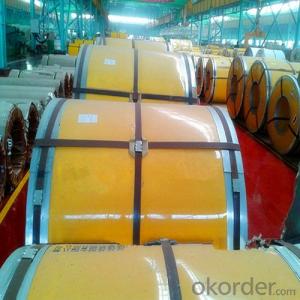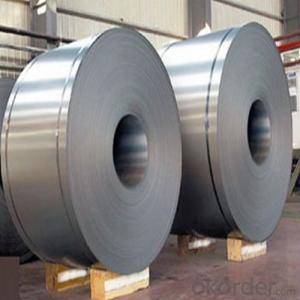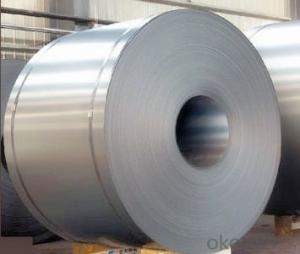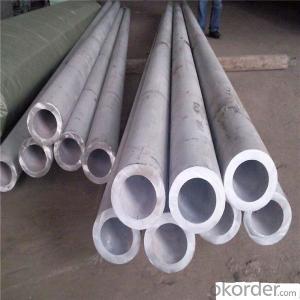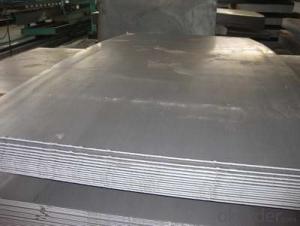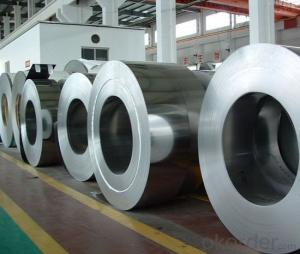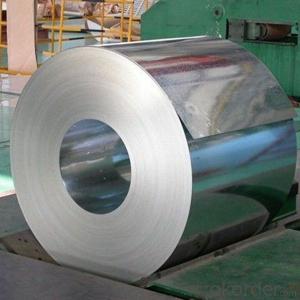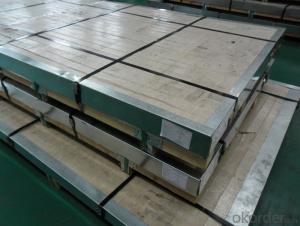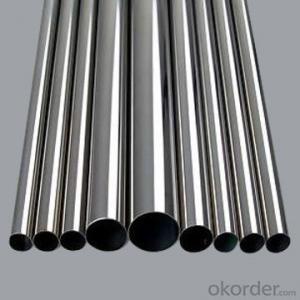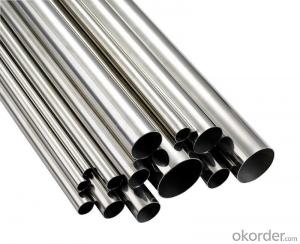All Categories
- - Steel Wire Rod
- - Steel Coils
- - Steel Profiles
- - Steel Pipes
- - Stainless Steel
- - Tinplate
- - Special Steel
- - Steel Sheets
- - Steel Rebars
- - Steel Strips
- - Hot Rolled Steel
- - Cold Rolled Steel
- - Pre-painted Steel
- - Seamless Steel Pipe
- - Welded Steel Pipe
- - Hollow Steel Tubes
- - Galvanized Pipe
- - Stainless Steel Coil
- - Stainless Steel Sheet
- - Stainless Steel Plate
- - Stainless Steel Strips
- - Electrolytic Tinplate Coil
- - Electrolytic Tinplate Sheet
- - Stainless Steel Rebars
- - Solar Panels
- - Solar Water Heater
- - Solar Related Products
- - Solar Inverter
- - Solar Cells
- - Solar Light
- - Solar Energy Systems
- - Solar Controllers
- - Solar Mounting System
- - Solar Pump
- - Solar Chargers
- - Fiberglass Chopped Strand
- - Fiberglass Mesh Cloth
- - Composite Pipes
- - FRP Pultrusion Profiles
- - Fiberglass Mat Tissue
- - Fiberglass Fabrics
- - Fiberglass Mesh
- - Composite Tank
- - Fiberglass Mesh tape
- - Polymer
- - FRP Roofing Panel
- - Fiberglass Roving
- - Monolithic Refractories
- - Ceramic Fiber Products
- - Refractory Bricks
- - Raw Materials For Refractory
- - Suspended Platform
- - Cranes
- - Concrete Machinery
- - Earthmoving Machinery
- - Building Hoist
- - Road Building Machinery
- - Plastic Pipe Fittings
- - Plastic Tubes
- - Plastic Sheets
- - Agricultural Plastic Products
- - Plastic Nets
 All Categories
All Categories
Q & A
What are the considerations for selecting stainless steel in the design of energy-efficient and sustainable urban developments?
There are several considerations for selecting stainless steel in the design of energy-efficient and sustainable urban developments. Firstly, stainless steel has excellent corrosion resistance, making it suitable for outdoor applications where it will be exposed to harsh environmental conditions. This durability ensures a longer lifespan for the infrastructure, reducing the need for frequent replacements and minimizing waste.
Secondly, stainless steel is highly recyclable, with a recycling rate of over 90%. This promotes a circular economy by reducing the demand for virgin materials and lowering the carbon footprint associated with production.
Additionally, stainless steel has excellent thermal properties, allowing it to efficiently conduct heat. This can be advantageous in energy-efficient designs, such as using stainless steel in building facades or roofing systems to enhance insulation and reduce energy consumption.
Moreover, stainless steel is hygienic and resistant to bacteria growth, making it suitable for applications that require cleanliness, such as water treatment plants or food processing facilities. This contributes to the overall sustainability of the urban development by ensuring a safe and healthy environment for residents.
In conclusion, the considerations for selecting stainless steel in energy-efficient and sustainable urban developments include its corrosion resistance, recyclability, thermal properties, and hygienic characteristics. By incorporating stainless steel into the design, urban developments can achieve long-term durability, reduced environmental impact, improved energy efficiency, and enhanced hygiene standards.
How does the thermal conductivity of stainless steel compare to that of carbon fiber composites?
The thermal conductivity of stainless steel is generally higher than that of carbon fiber composites.
What are the challenges in recycling stainless steel?
One of the challenges in recycling stainless steel is the complexity of the recycling process. Stainless steel is often alloyed with other metals, which makes it more difficult to separate and recycle. Additionally, stainless steel can be contaminated with other materials during use, such as paint or adhesive, which further complicates the recycling process. Finally, stainless steel recycling requires specialized equipment and facilities, which may not be as readily available as those for other materials, posing another challenge.
Wholesale Stainless Steel from supplier in America
We are a Stainless Steel supplier serving the America, mainly engaged in the sale, quotation, and technical support services of various Stainless Steel products in the America region. We are a subsidiary platform of the Fortune Global 500 company CNBM, able to provide you with one-stop Stainless Steel procurement services in the America. Not only do we have a wide range of Stainless Steel products, but after years of market development in the America, we can also provide valuable experience for your projects.
